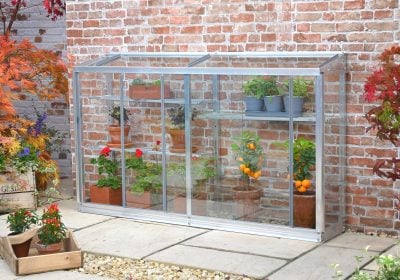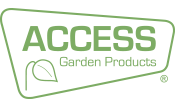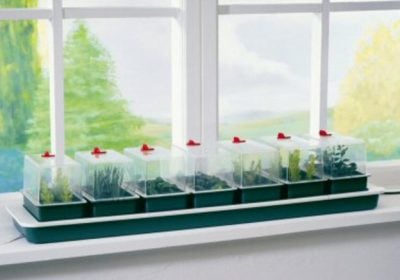What to grow in a small greenhouse: a simple guide
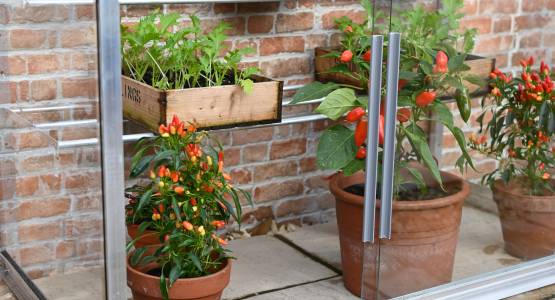
Welcome to our comprehensive guide on maximising the potential of your small greenhouse. If you are looking to make the most of limited space while enjoying the benefits of year-round gardening, you’ve come to the right place. In this guide, we will provide you with valuable insights and recommendations on what to grow in a small greenhouse. Whether you’re a beginner or an experienced gardener, get ready to cultivate a flourishing oasis right in your backyard.
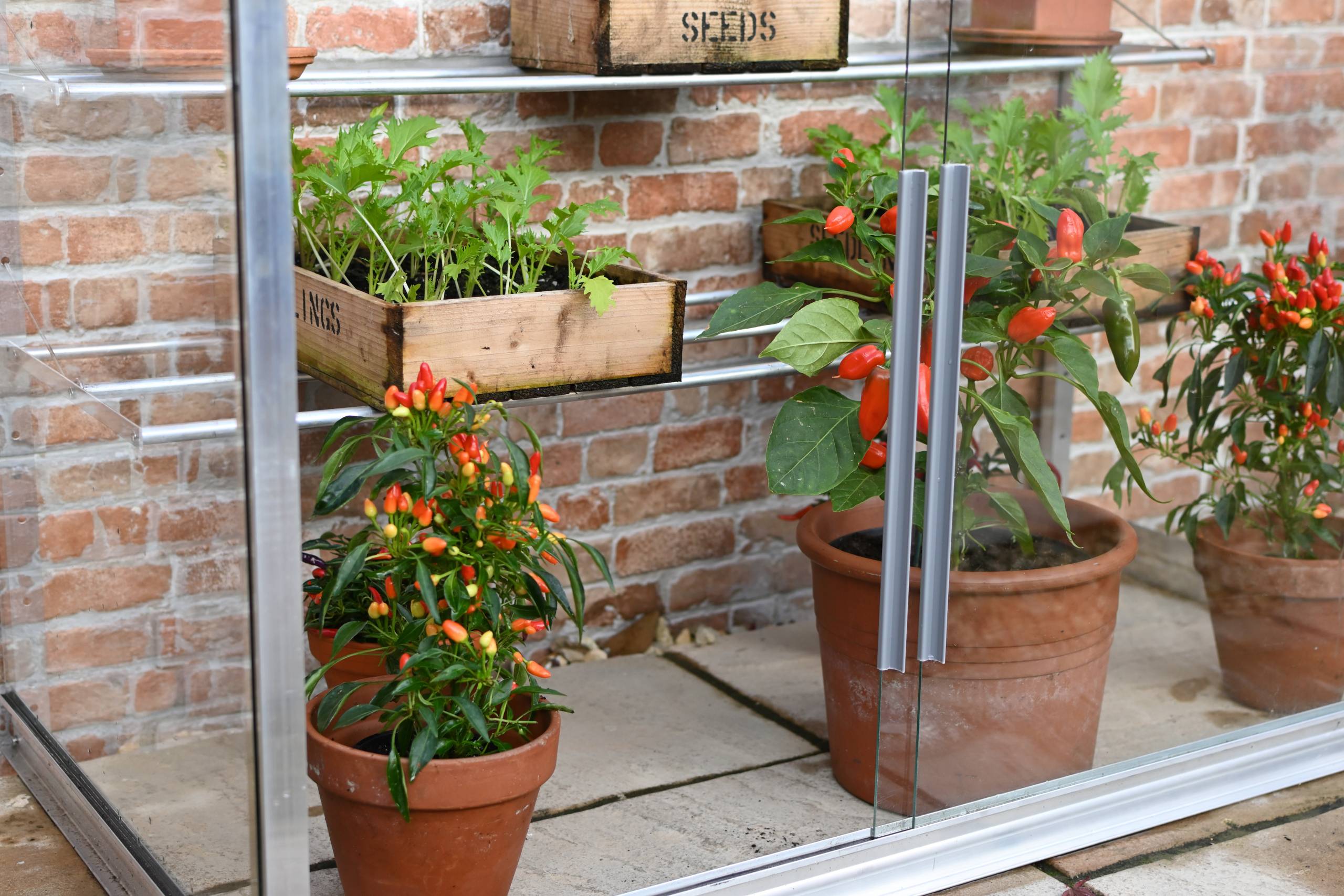
A small greenhouse can be a very productive growing space and perfect for growing your favourite plants, fruit, vegetables and herbs all year round. A miniature greenhouse allows you to increase your yield and grow more crops for longer as they provide plants with extra protection. This means you can start earlier in the season and extend harvest time with longer cropping. For optimum results, it is best to try and locate the greenhouse in a flat spot with maximum sunshine and light.
What to grow in a greenhouse in spring
In early spring a small greenhouse is ideal for growing seedlings on the shelves, and hardening off tender young plants, ready for transplanting outdoors when it gets warmer. Ideally start the plant seeds off in a propagator. Cabbage, leeks, cauliflower, lettuce, broccoli, and onions seeds can be planted, and now is the time you can buy ready grown tiny plug plants such as peppers and tomato plants to bring on in your greenhouse.
Basil plants can be started from seeds as can many other salad crops such as chard and parsley. You can plant pumpkins, squashes, and courgettes in a mini greenhouse. Be careful not to overwater your seeds, while moisture is required for germination too much water can mean the seeds drown and rot.
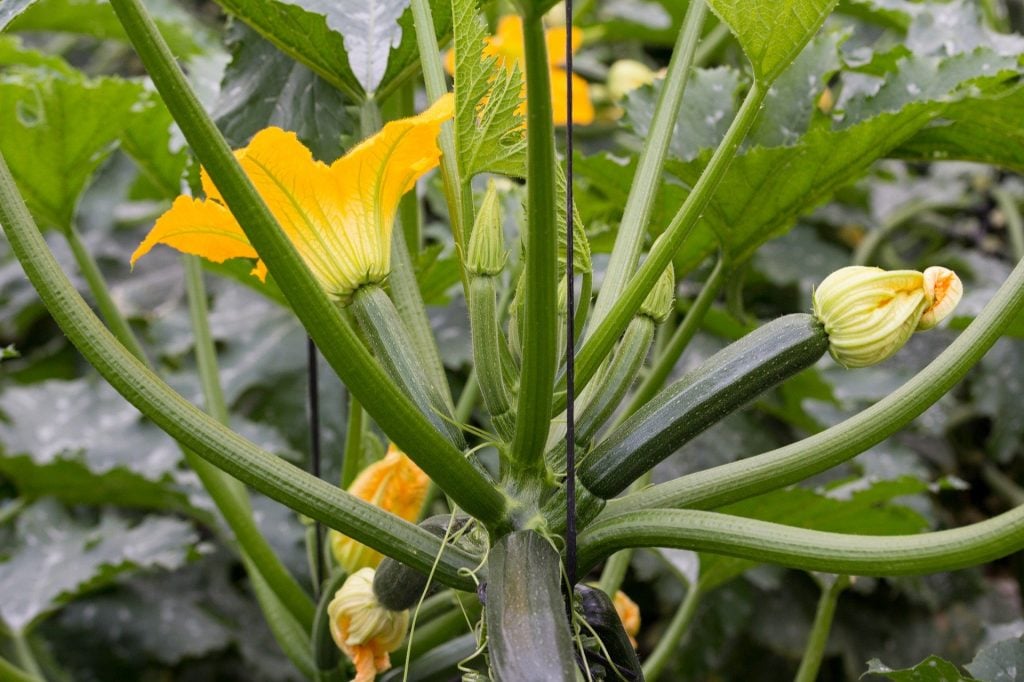
Once the frost has passed, you can plant out the young plants that need to be moved outside to grow fully. Root systems will be longer and hardier after a head start in the ideal environment of the greenhouse, and that will mean a healthier and more robust plant once it is outside. Once the outdoor crops have been moved outside, space is left in the greenhouse for plants that need more humidity than the outside can provide, including the Mediterranean crops such as tomatoes, peppers, chillies, and cucumbers.
You can remove the shelves to allow the taller plants to develop and with some frames, including our cold frames, and remove the roof panels so the tomatoes can grow out the top. Remember to make sure the plants are well ventilated and kept moist.
What to grow in a greenhouse in summer
The humidity levels in the greenhouse are also at an ideal level for cuttings and grafts to take. Take summer cuttings by snipping a few centimetres of new growth from plants, remove the bottom leaves and push into a pot of moist but gritty compost. You can cover the cuttings with a polythene bag if you want to create more humidity.
What to grow in a greenhouse in autumn
In autumn time, cuttings from fuchsias and geraniums can be taken to provide plant material for next year.
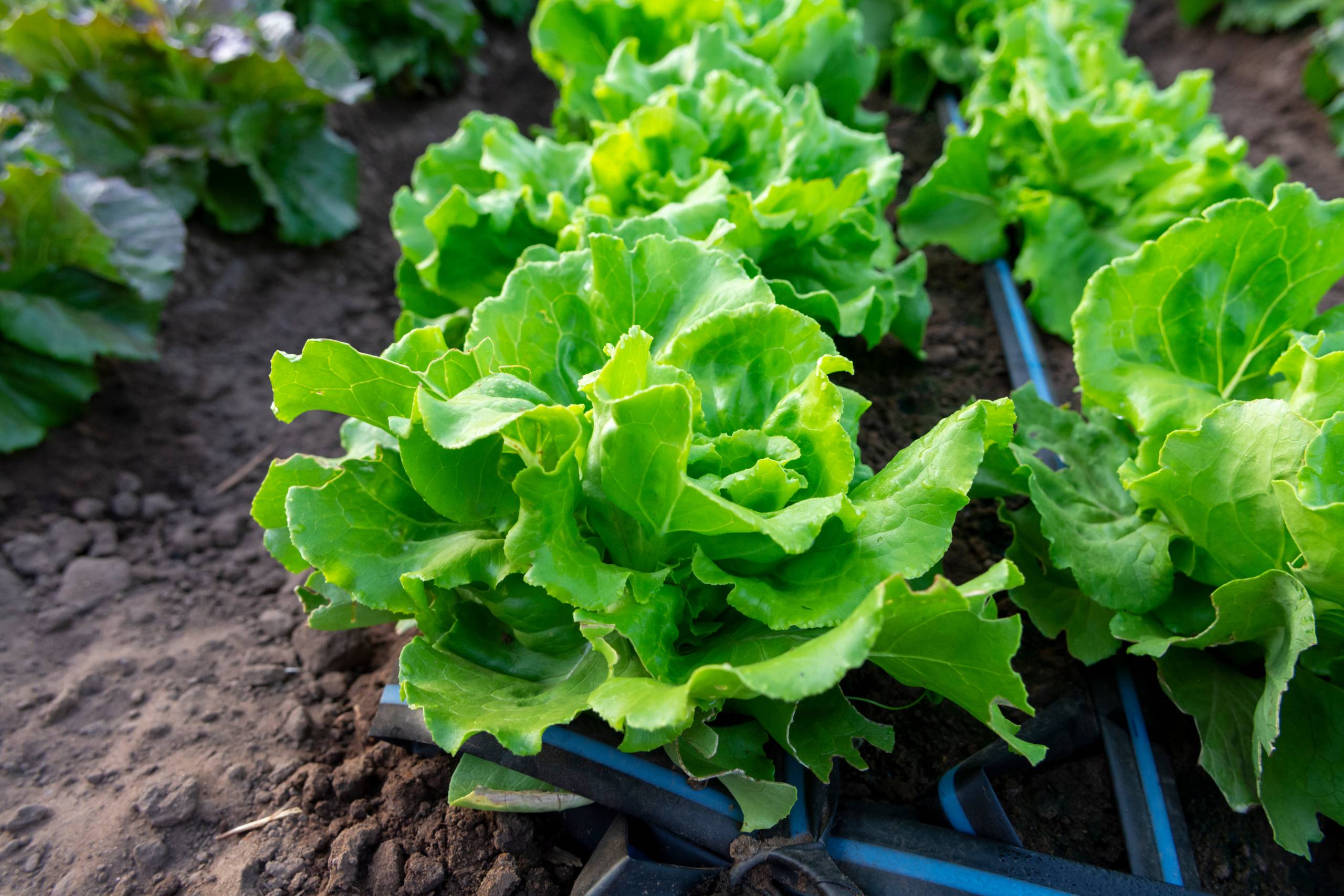
Salad crops such as lettuce can be planted in the mini greenhouse to ensure a steady supply during the winter months. Vegetables such as spring cabbage can be grown on ready for planting out and new potatoes can be planted in tubs in the greenhouse for Christmas eating.
What to grow in a greenhouse in winter
During the winter months, the mini greenhouse can be used to over-winter more delicate plants such as geraniums and fuchsias. Bulbs for winter decoration can also be brought on in the mini greenhouse.
Winter lettuce can be sown to ensure a fresh salad over the winter months and the cycle can be started again by planting all the cold tolerant vegetables like, cabbage, kale, leeks, and sprouts into a propagator. Unless it is a particularly bright sunny day it is best to ensure all vents and doors are closed to trap the heat inside. Remember if it snows, sweep it off the greenhouse as the snow blocks the sun from getting through. You can also add a small heater to the greenhouse to provide frost protection on very cold nights.
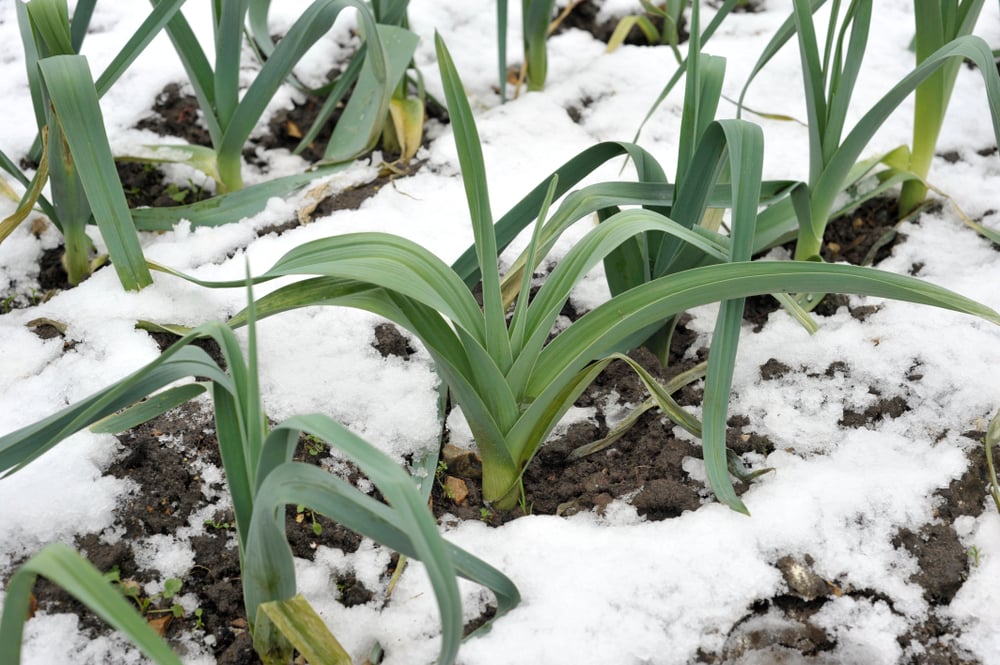
In addition, Access Garden Products produce a handy Growing Guide Chart which gives suggestions on varieties to grow, when to sow and planting tips.
Optimise space
In a small greenhouse, space optimisation is crucial. Here are some tips to make the most of your limited area:
- Vertical gardening – utilise vertical space by installing trellises or vertical planters. Train vining plants, such as cucumbers or beans, to grow upwards, saving valuable ground space.
- Hanging baskets – suspend hanging baskets from the ceiling or walls to grow trailing plants like strawberries or trailing petunias. This technique maximise space and adds visual interest.
- Tiered shelving – invest in tiered shelving units to create multiple levels for potted plants, allowing you to accommodate a larger variety of plants while saving horizontal space.
Providing proper care
Maintaining a healthy environment is essential for the success of your small greenhouse. Consider the following care tips:
- Temperature control – monitor and regulate temperature fluctuations inside the greenhouse. Use vents, fans, or shade cloths to prevent overheating during warmer months.
- Watering and humidity – ensure proper watering and humidity levels by installing an automatic irrigation system or using a humidity tray. Regularly check soil moisture to prevent under or over-watering.
- Ventilation – good air circulation is vital for preventing disease and ensuring plant health. Open windows, use fans, or install an exhaust system to promote fresh airflow.
Final thoughts
With the right plant choices and careful attention to space optimisation and maintenance, you can create a thriving greenhouse oasis, even in a limited area. Experiment with different plants, get creative with your setups, and enjoy the year-round rewards of your small greenhouse. Start your journey today with Access Garden Products UK, your trusted partner in gardening success.
Related Products
-

Half Westminster 3′ 4″ Small Greenhouse
from £329.00
-

Half Westminster 5′ 0″ small Greenhouse
from £419.00
-
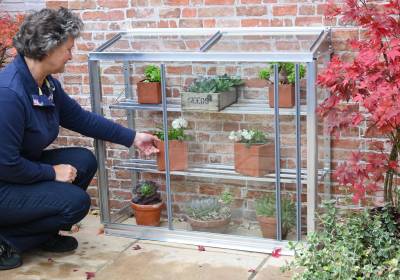
Half Westminster 3′ 4″ Small Greenhouse
